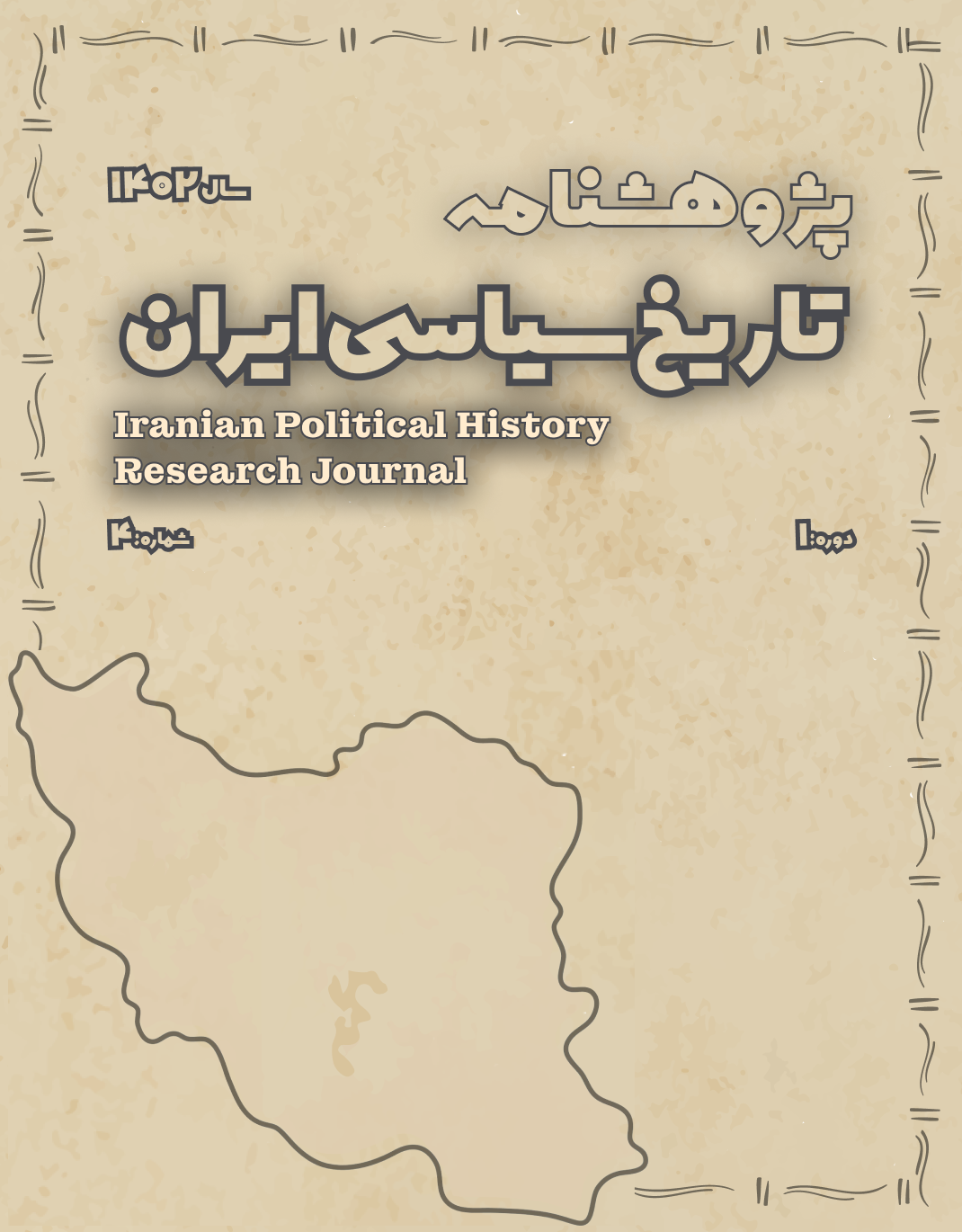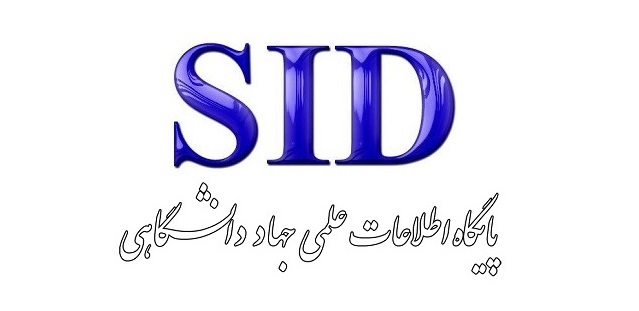The Role of Cultural Policy in the Formation of the Intellectual Class in Timurid Iran
Keywords:
Cultural Policy, Timurids, Intellectuals, Educational Institutions, History of Political Thought in Iran, Persian Language, Mysticism and PowerAbstract
This study aims to analyze the role of cultural policy in the formation of the intellectual class in Timurid Iran. Employing a historical-analytical approach and relying on primary sources and reputable research, the process of creating a class of intellectual elites within the framework of Timurid cultural policies has been examined. The findings reveal that the Timurids, especially during the reigns of Shahrukh and Ulugh Beg, established educational institutions, libraries, madrasas, and supported scholarly and Sufi circles, thereby providing the social and institutional foundations necessary for nurturing intellectuals who played multiple roles in knowledge production, legitimization of political power, and cultural leadership. These intellectuals, unlike the modern conception of absolute independence, operated at the intersection of power and knowledge and achieved a distinct historical self-awareness by utilizing Persian language, religious-mystical discourse, and institutionalized education. The study highlights that Timurid cultural policies were not merely temporary measures for consolidating power but contributed to the development of enduring traditions in the political thought of Iran, whose impacts are still observable in later periods. It is suggested that future research focus on the institutional and discursive continuities of intellectualism within Islamic Iran and undertake comparative studies across other Islamic civilizations.
Downloads
References
Azad, A. (2014). Sacred Landscape in Medieval Afghanistan: Revisiting the Faḍāʾil-i Balkh. Oxford University Press.
Barthold, W. (1968). Turkestan Down to the Mongol Invasion (T. Minorsky, Trans.). E.J. Brill.
Brentjes, S. (2003). Teaching and Learning the Sciences in Islamicate Societies (800–1700). In P. H. Sidhu (Ed.), Science and Education in the Islamic World. Routledge.
Dale, S. F. (2010). The Muslim Empires of the Ottomans, Safavids, and Mughals. Cambridge University Press.
Melville, C. (1999). Historical Writing during the Reign of Shāhrukh: A Case Study of the Ta’rīkh-i Ḥabīb al-Siyar. Studia Iranica, 28(1), 95–112.
Nava'i, A. (1997). Tarikh-e Tamaddon-e Eslami dar Dowrān-e Timuriān. Tehran: Markaz-e Nashr-e Dānishgāhi.
Shafiei Kadkani, M. R. (2001). Sokhan va Sokhanvaran. Tehran: Sokhan Publishing.
Subtelny, M. E. (2007). Timurid Iran: Culture and Society. In C. Melville (Ed.), The Timurid Century: The Idea of Iran (Vol. 6). I.B. Tauris.
Woods, J. E. (1990). The Aqquyunlu: Clan, Confederation, Empire. University of Utah Press.









